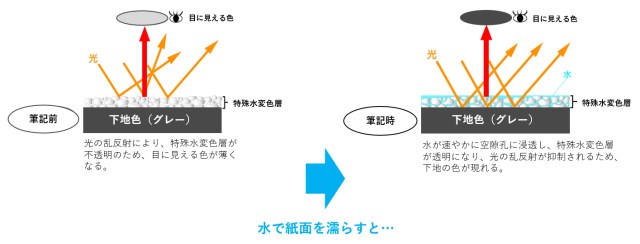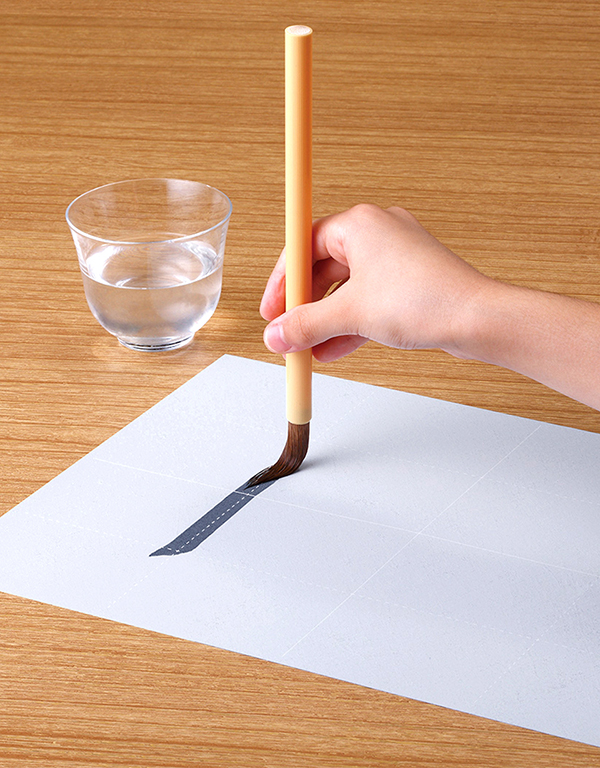SoraNews24: “Bringing you yesterday’s news from Japan and Asia, today.”
By Dale Roll
SoraNews24 is a fun blog about, well, yesterday’s Japan and Asia news, today. A fair amount of it is aimed at people learning about Japanese language and writing. From an earlier blog post:
Written Japanese uses three kinds of script. At the top of the difficulty curve, you’ve got kanji, the complex characters originally imported from China that can require over a dozen brush strokes to write, with each kanji representing a word or concept.
A little less challenging are hiragana, a set of 50 curving phonetic characters, but if English is your native language, odds are you’ll have the least trouble with angular katakana. Like hiragana, katakana is a phonetic system, so each character corresponds to a syllable. Even better, while often one kanji can have three or four possible readings, each katakana has just one possible pronunciation.
The only way to learn kanji is to practice the characters over and over, which uses a lot of ink and paper. Fear not! Here’s a solution. It it any good? Time will tell.
Tired of wasting paper practicing your kanji? Try these reusable water-activated practice sheets

Just water and a brush is all you need to practice Japanese calligraphy with these high-tech school supplies!
Japanese is a language that can be challenging to learn, especially depending on what your native language is. For example, learning Japanese as an English speaker requires a little bit of rewiring of the brain, as the order of grammar in Japanese is almost the opposite of English, and in addition to two phonetic alphabets there are also thousands upon thousands of kanji to learn.
While there are lots of unconventional and fun ways to learn conversational Japanese, like watching Netflix and practicing Japanese manzai comedy, the best way to learn kanji is probably the old fashioned way: to practice writing it over and over and over again until you’ve memorized how it looks in your head.
Calligraphy is a great way to practice writing kanji, but buying multiple sheets of calligraphy paper and pots of ink can get expensive. Luckily thanks to modern technology, you don’t have to waste countless sheets of paper for your kanji practice anymore. You can just use office supply maker Pilot’s new reusable water-activated penmanship practice sheet!

Originally designed to comply with new elementary school curriculums that use water brushes to teach children kanji penmanship, these sheets were specifically released as school supplies for first and second year elementary school students. Truly, though, anyone needing to practice kanji can use them as long as you have a calligraphy brush and some water!
The sheets are made up of a top layer of water-activated color-changing material over dark grey synthetic paper. When the top layer is exposed to water, it becomes transparent, revealing the darker color underneath, making every stroke of a wet brush look like a real ink stroke. Once the water dries, the top later becomes gray again, effectively erasing the writing, which means you can use these sheets over and over again.
▼ The top layer of the sheets becomes transparent when activated by water, thus allowing light to penetrate it and reflect the darker grey color underneath for our eyes to see.

They’re also purposefully designed to be like real calligraphy paper, so you won’t feel like you’re missing out on the authentic feeling of writing with brush and ink. The sheets even respond to the quantity of water on the brush, like paper would to ink; with more water, the strokes will be thicker, and with less, they’ll fade out. That means that even without ink, you can still get the subtle differences in penmanship that comes with writing with a brush.
Since the use of water instead of ink makes for easier cleanup, and less mess, these reusable practice sheets are also safer to use with children. And while there are other water-activated practice sheets on the market, most of them are made of real paper, instead of synthetic paper like Pilot’s, and thus are not as durable or reusable. Company tests revealed that Pilot’s sheets can be used over 10,000 times and still work just fine.
▼ The largest size even has grid lines to help you write a properly balanced character.

The sheets come in different sizes (calligraphy paper size, A4 size, and B5 size), and each pack comes with two sheets, selling for 700 yen (US$6.50), 650 yen, and 550 yen respectively. You can buy them at Japanese office supply stores, department stores, and anywhere else you can buy stationary. They’re great for learning kanji strokes and patterns, and even if you’ve mastered kanji, you can use them to practice calligraphy, totally mess free.
Of course, once you’ve mastered writing the characters, you have to learn the multiple readings, the meanings of each one, and how to use them together, but fear not! For that we have poop kanji drill toilet paper.




